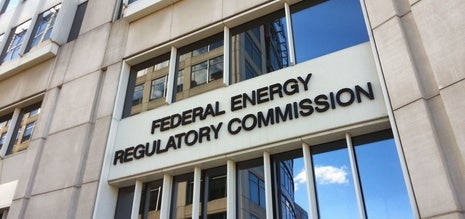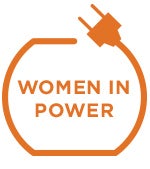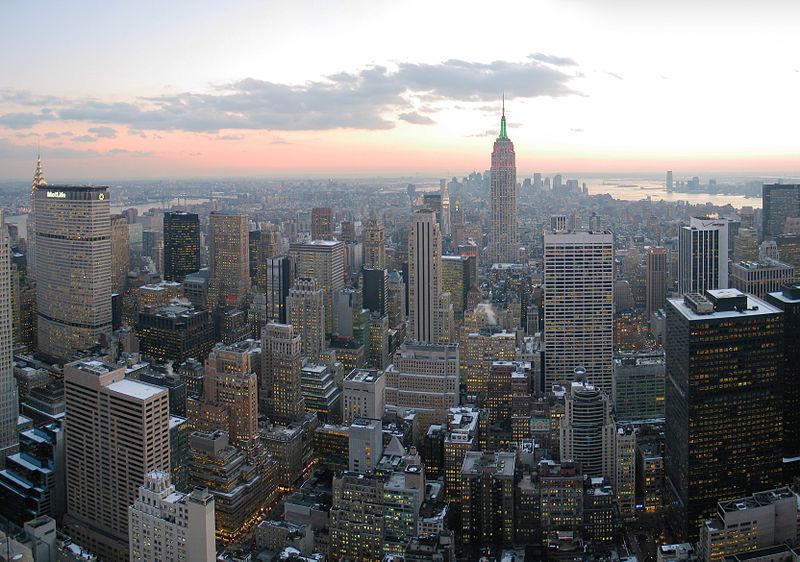Late last week, the D.C. Circuit Court of Appeals affirmed an important Federal Energy Regulatory Commission (FERC) Order, giving the agency a big win and aiding in the promise of a cleaner, smarter, and more efficient power grid.
By upholding FERC’s Order 1000, the court confirmed what many think is common sense: Because the power grid crosses state and utility boundaries, a coordinated planning approach to electricity transmission (that is, moving electricity from one place to another) is more efficient and cost effective than multiple entities planning in isolation.
Order 1000 opens the door for two big electrical grid improvements. First, the order helps spur a more efficient planning process, meaning less waste and better coordination in our energy system. Second, the order allows greater opportunity for clean energy resources like demand response, energy efficiency, and renewables. It does this, in large part, by ensuring that state policies like renewable portfolio standards are taken into account. Relying on more clean energy resources will improve air quality and the health of millions of Americans now harmed by dangerous air pollution while advancing our country’s energy independence and economic growth. Read More





